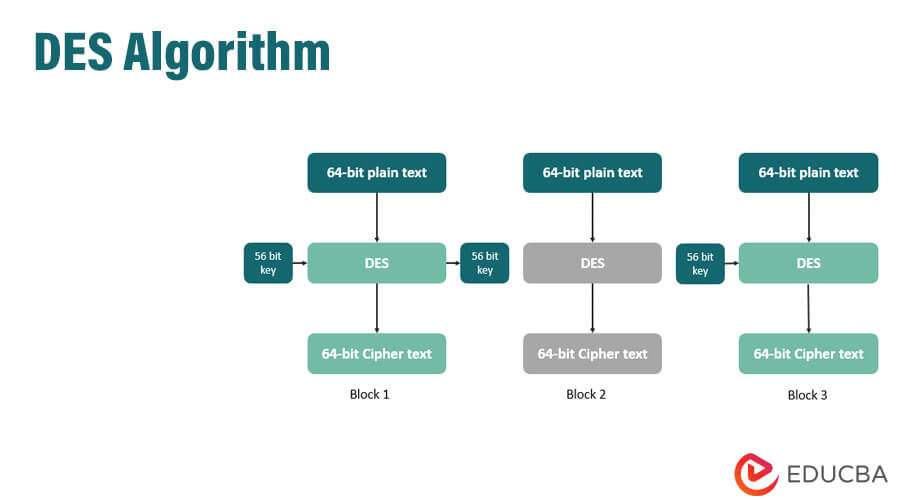Data encryption algorithms are fundamental to modern cybersecurity, ensuring that sensitive information remains confidential and secure from unauthorized access. The design of these algorithms requires a careful balance of mathematical principles, practical considerations, and theoretical underpinnings. To understand how data encryption algorithms are designed, one must delve into key areas: objectives of encryption, foundational algorithms, cryptographic principles, design strategies, evaluation metrics, and emerging trends in encryption techniques.
At the outset, the primary objective of any encryption algorithm is to protect data integrity and confidentiality. This entails transforming plaintext into ciphertext, a format that is unintelligible to intruders but retrievable by authorized parties. Furthermore, encryption algorithms must also facilitate data authenticity, ensuring that the information has not been altered in transit. The confluence of these objectives underpins the necessity for robust design principles in algorithm construction.
Foundational algorithms like the Data Encryption Standard (DES) and its successor, the Advanced Encryption Standard (AES), illustrate key developments in encryption techniques. DES, established in the 1970s, employs a feistel network structure, relying on permutation and substitution processes across numerous rounds to obfuscate data. Despite its historical significance, DES became vulnerable to increasingly sophisticated attack vectors, which led to the development of AES. AES stands out, characterized by its use of a substitution-permutation network (SPN) and flexibility in key sizes (128, 192, and 256 bits), thereby enhancing security against brute force attacks.
At the heart of encryption algorithms are cryptographic principles. These principles adopt various mathematical constructs, including modular arithmetic and number theory. Symmetric-key and asymmetric-key encryption represent two principal categories. Symmetric-key encryption utilizes the same key for both encryption and decryption, necessitating secure key distribution practices. Conversely, asymmetric encryption employs a pair of keys—a public key for encryption and a private key for decryption. This duality creates an ingenious mechanism for secure communications over untrusted networks.
Designing an encryption algorithm is not a mere technical challenge; it is an intricate process influenced by a host of factors. Design strategies must account for both theoretical efficacy and practical application. Effective encryption techniques rely heavily on principles of confusion and diffusion. Confusion obscures the relationship between the plaintext and the ciphertext, while diffusion spreads the influence of individual plaintext bits across a broad cipher output. The iterative application of these principles results in an algorithm that is resistant to various types of cryptographic attacks, including differential and linear cryptanalysis.
The evaluation of encryption algorithms is unavoidably subjective, often necessitating rigorous testing and real-world application under multiple threat models. The resistance to cryptanalytic attacks forms a core metric in evaluating an algorithm’s efficacy. Additionally, performance and efficiency are paramount concerns. An algorithm that maintains robust security while demanding significant computational resources may be impractical in environments requiring high throughput or real-time processing capabilities. Therefore, algorithm designers constantly grapple with trade-offs between security and efficiency, looking to optimize performance without compromising integrity.
Emerging trends in encryption techniques reveal a landscape of continuous evolution in response to technological advancement and evolving threat vectors. Homomorphic encryption, for instance, allows computations to be performed on ciphertexts, meaning data can be processed whilst remaining encrypted, thereby preserving privacy during analysis. This innovation holds profound implications for cloud computing and data aggregation scenarios, where sensitive information must remain confidential.
Another burgeoning area is post-quantum cryptography, a field aimed at developing encryption algorithms resilient to potential quantum computing threats. Traditional public-key systems, such as RSA and ECC, are threatened by quantum algorithms like Shor’s algorithm, which could efficiently factor large numbers and compute discrete logarithms. As such, the design of post-quantum algorithms must embrace new mathematical constructs, ensuring security against the computational prowess promised by quantum technologies.
As organizations and individuals increasingly depend on data encryption for protection against cyber threats, the need for transparent and robust design processes becomes crucial. Educational initiatives that promote a deeper understanding of cryptography, coupled with regulatory frameworks, can foster more effective encryption methodologies. As encryption continues to evolve, it remains imperative that encryption algorithms are designed with foresight—anticipating new threats while remaining sensitive to the dynamic landscape of technology.
In conclusion, the design of data encryption algorithms is a complex interplay between theoretical pathos and practical exigency. It encompasses mathematical constructs and tangible applications while fostering the development of innovative solutions to emerging challenges. As digital communication proliferates, and threats become more sophisticated, the significance of carefully designed encryption algorithms cannot be overstated. Mastery over these dynamic principles will dictate the future of secure communication and data privacy.








Leave a Comment